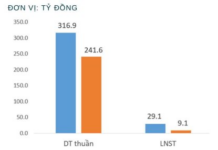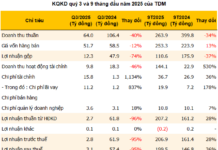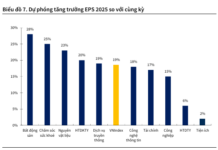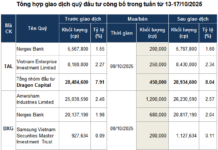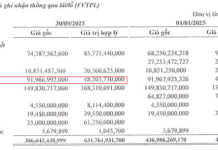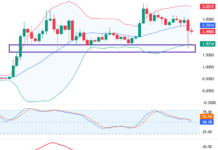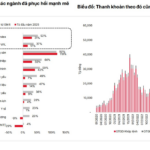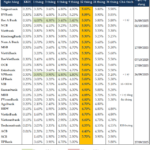
Interest rates, essentially the price of capital, reflect the supply and demand dynamics within the banking credit system. They are categorized into two types: deposit rates and lending rates. Beyond market forces, interest rates play a pivotal role in macroeconomic management and serve as a monetary policy tool for central banks. Consequently, they are influenced by central bank directives aimed at achieving core monetary policy objectives, such as controlling inflation, stabilizing the currency, and ensuring macroeconomic stability.
Mr. Nguyễn Đức Lệnh, Deputy Director of the State Bank of Vietnam (SBV) Branch in Zone 2, notes that in a stable macroeconomic environment, monetary policy, credit, and interest rate management are proving effective. Analysis of market factors and interest rate governance reveals positive trends, significantly contributing to the current interest rate stability.
Firstly, stable deposit rates and diverse, convenient services. Deposit rates are a key component and the largest cost factor in determining lending rates for credit institutions. Stable average deposit rates play a crucial role in maintaining stable lending rates. Additionally, beyond market dynamics and capital supply-demand factors, credit institutions are offering a range of flexible and convenient capital mobilization products, maximizing benefits for customers without increasing funding costs. This attracts deposit capital, particularly short-term and non-term deposits. Efficient management and utilization of this capital enhance operational efficiency, attract transaction deposits, expand services, and foster sustainable growth.
Secondly, operational costs are being effectively managed with a focus on reduction and efficiency improvement. Credit institutions are implementing comprehensive measures to enhance operational efficiency and labor productivity through technological innovation and resource optimization, particularly in human resources and network systems. These efforts reduce input costs and improve business performance, positively impacting lending rate stability by managing and reducing operational expenses and streamlining administrative procedures in banking.
Thirdly, operational efficiency and credit quality remain under control. Managing non-performing loans (NPLs) and ensuring credit quality not only support effective credit expansion and growth but also positively affect operational costs and credit turnover, enhancing capital utilization efficiency. This ensures stable deposit and lending rates, aligning with the core activities of credit institutions: mobilizing capital for lending. Effective NPL management is crucial for banking operations, capital mobilization, lending, and interest rates, reflecting supply-demand dynamics and operational cost coverage. Thus, controlled NPLs positively influence lending rates from a bank management perspective.
According to Mr. Lệnh, to ensure effective operations and fulfill macroeconomic stabilization and business support goals, credit institutions must focus on enhancing management efficiency and governance, aligning with SBV’s policy directives to maintain interest rate stability, especially considering non-policy factors.
– 13:14 14/10/2025
SSI Research: 2025 Isn’t the Peak—It’s the Foundation for a New Growth Era
According to SSI Research, the current market dynamics closely resemble the early stages of previous bull cycles, signaling the onset of a new growth trajectory.
Experts Highlight 5 Major Risks in the Ministry of Construction’s Proposal to Tighten Second Home Loans
The Ministry of Construction’s recent proposal to tighten lending for second home purchases has sparked considerable debate. Experts argue that the core solution lies in increasing the supply of affordable housing to meet genuine demand, rather than implementing administrative interventions that could negatively impact the market.
Interest Rates on Deposits See Slight Uptick in Early October
The recent slight increase in deposit interest rates by some banks is a seasonal phenomenon, reflecting their proactive efforts to bolster liquidity reserves in preparation for the year-end credit peak.














